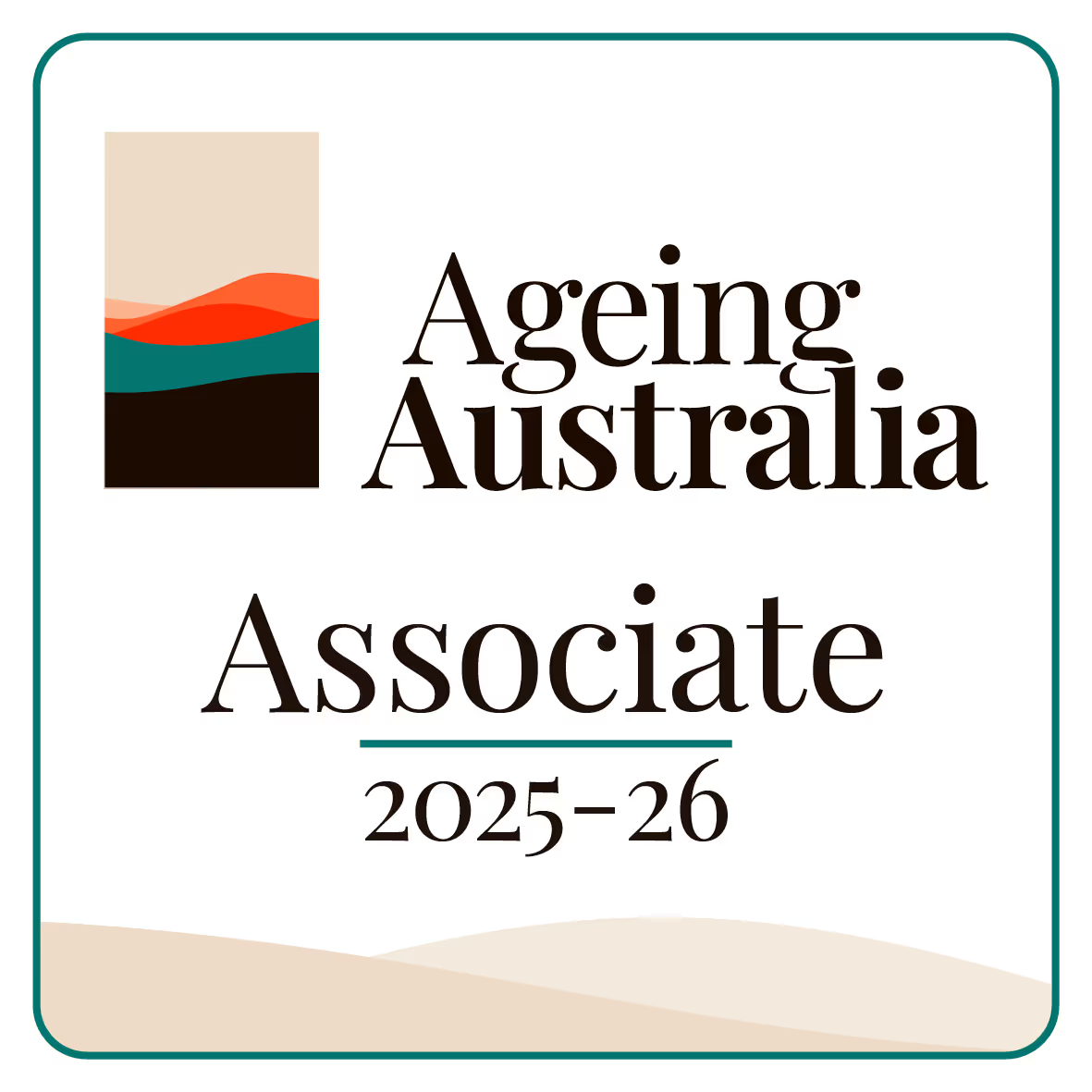Care Fees and Charges in Aged Care
Care fees and charges are the payments that residents make to help pay for the services and support provided in aged care facilities. These fees cover many aspects of daily living and help to maintain a safe and comfortable environment. The system of care fees and charges is written clearly in the resident contract and is explained in a way that every resident and family member can understand.
What are Care Fees and Charges?
Care fees and charges are the costs that residents pay for the services offered by aged care providers. These fees are separate from other payments such as the basic daily fee or extra service charges. They cover the overall services and support that residents receive every day. Care fees and charges include payments for personal care, health services, accommodation, and additional support programs that help residents live with dignity and respect. The fees are part of the financial agreement between the aged care facility and the resident.
Components of Care Fees and Charges

There are many different parts to care fees and charges. Some of the common components include:
- Personal Care Charges: These charges cover help with bathing, dressing, eating, and other daily activities.
- Health Care Fees: These fees contribute to the cost of medical support, visits by health professionals, and medication management.
- Accommodation Charges: These charges cover the costs of living in the facility, including the upkeep and maintenance of living spaces.
- Extra Service Fees: These fees are for additional services that are not part of the basic care package, such as special meals or extra cleaning.
Each of these components is described in the resident contract in clear and simple language so that everyone can understand what is being paid for.
How Are Care Fees and Charges Calculated?
The calculation of care fees and charges is done by the aged care provider using clear guidelines. The calculation is based on factors such as the cost of running the facility, the services provided, and the individual needs of the resident. A detailed assessment is carried out, and the fees are set based on the results of that assessment. The process of calculation is documented and made available in a way that is open and clear. This approach helps to maintain fairness and transparency in the system.
Who Pays These Fees?
The resident is responsible for paying the care fees and charges. In many cases, family members or approved funding sources may also help with the payments. The responsibility for these fees is clearly outlined in the resident agreement. This clear assignment of responsibility is written in the contract so that every resident and their family know who must pay the fees and when the payments are due.
Transparency and Record Keeping
Aged care facilities maintain detailed records of all care fees and charges. These records show the amounts paid, the dates of payment, and the specific services covered by each fee. This transparent record keeping builds trust between the care provider, the resident, and their family. When residents have questions about the fees, the records provide clear information that helps to resolve any uncertainties. Open communication about the fees is an important part of the overall system.
Impact on Residents and Families
For residents, care fees and charges represent a clear investment in a safe and supportive living environment. When the fees are paid on time and the services are delivered as described, residents feel secure and well cared for. Families appreciate the clear breakdown of costs, which makes it easier to manage budgets and plan for the future. The clarity in the fee structure helps to avoid confusion and builds a strong bond of trust among everyone involved.
Challenges and Considerations
Sometimes, changes in the cost of living or the needs of residents may lead to adjustments in care fees and charges. These changes are communicated in a clear manner so that there are no surprises. Regular reviews of the fee structure are carried out, and any adjustments are explained thoroughly. When all parties are involved in the process, the system works fairly and respectfully.
Final Thoughts
Care fees and charges play a central role in aged care by covering the essential services that residents receive. Through detailed records, open communication, and clear guidelines, the system makes it possible for older people to live with dignity and comfort. By understanding how the fees are calculated and what services they cover, residents and their families can feel confident in their choice of aged care facility.






